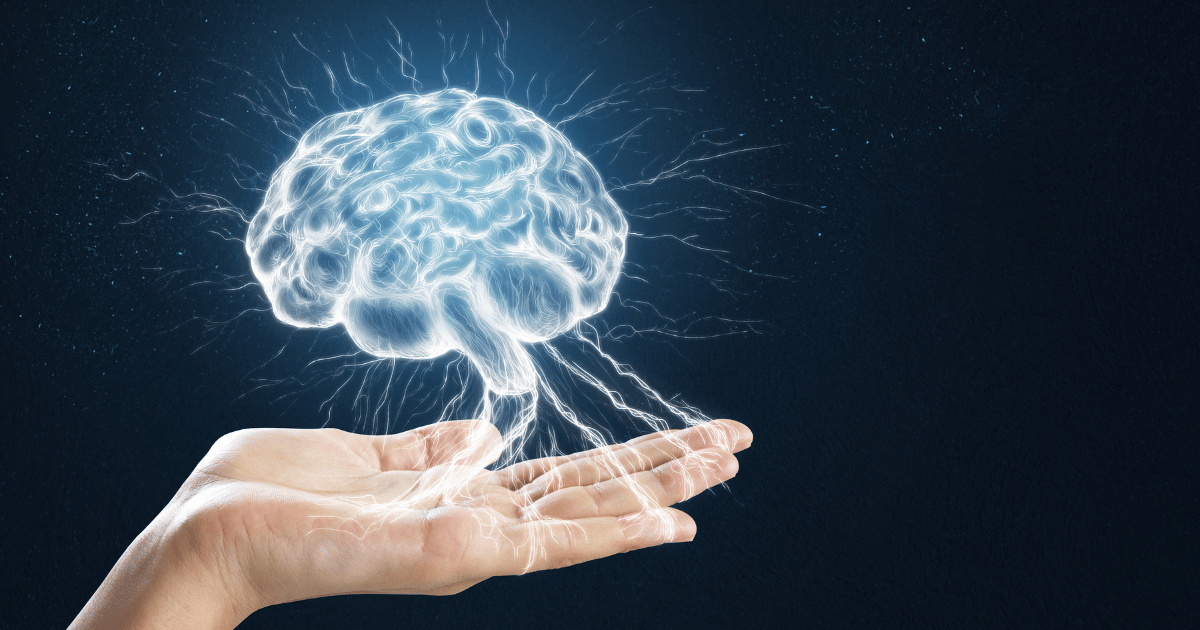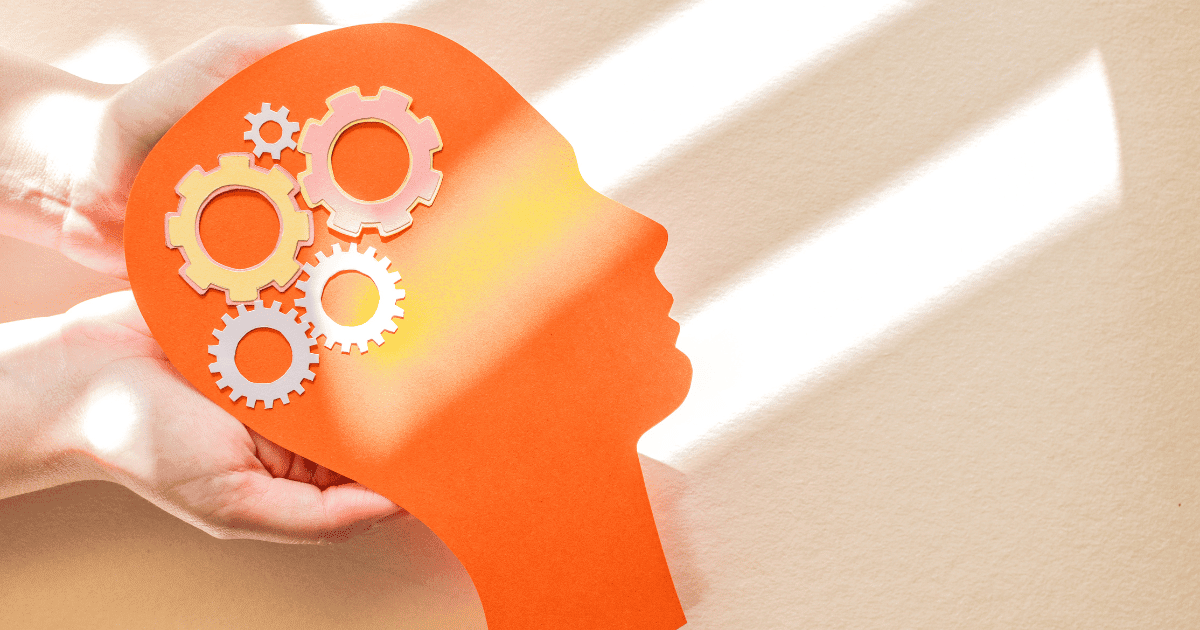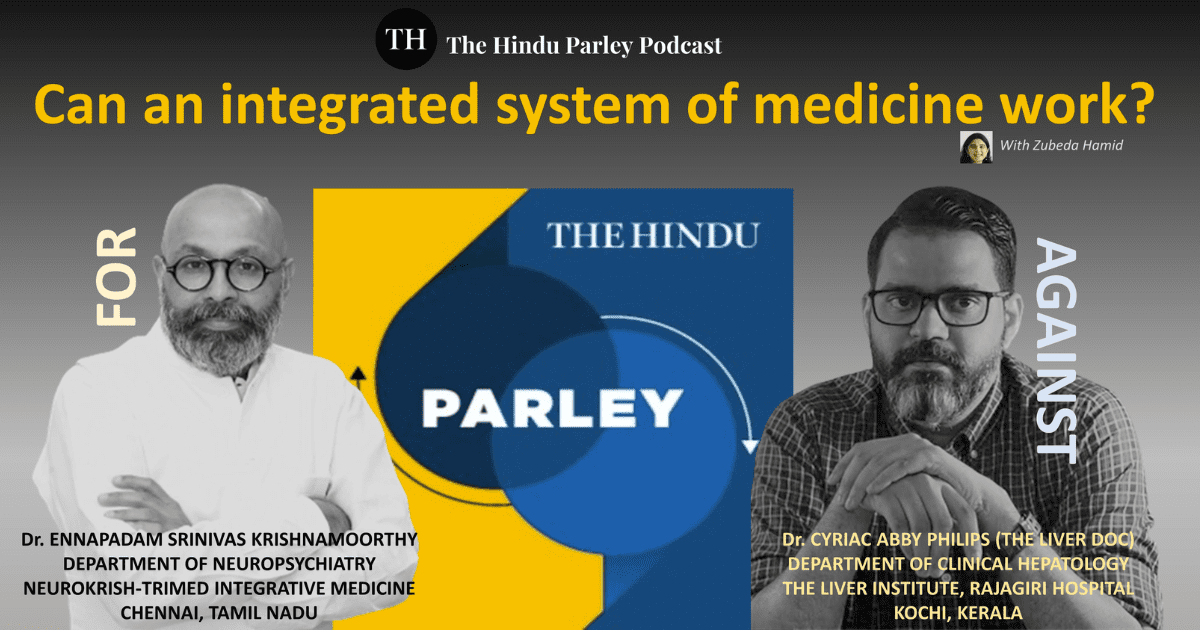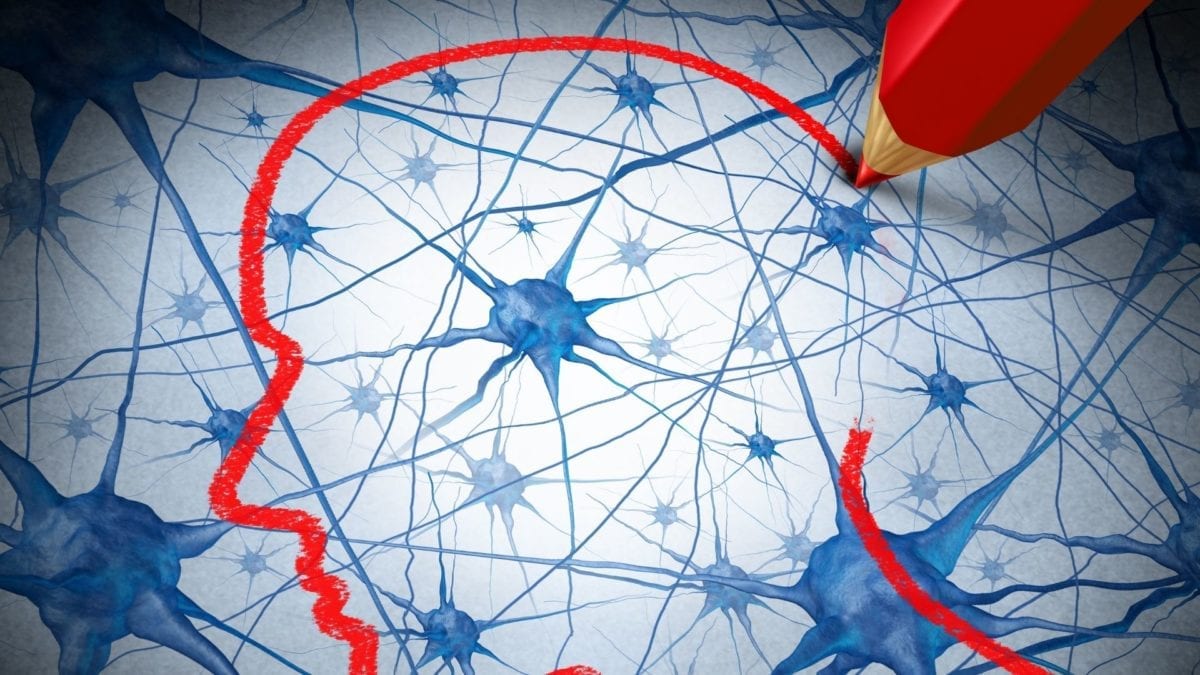Introduction: The Fusion of Tradition and Innovation in Neuropsychiatry
In the intricate dance of mind and brain, neuropsychiatry stands as a crucial mediator. It’s here, in this delicate equilibrium, that we find the genius of Dr. ESK’s approach. This field, though medically advanced, often meets the challenge of addressing conditions that don’t have simple solutions. Dr. ESK offers a novel proposal—a merger of age-old therapeutic wisdom with pioneering medical methodologies. In doing so, he introduces a patient-centric landscape where holistic health isn’t just an ideal but a tangible reality.
The genesis of Dr. ESK’s approach rests on the idea of encompassing the entire health spectrum, ranging from the esoteric corners of ancient medicine to the sophisticated labs of modern diagnostics. His philosophy, richly steeped in multidisciplinary care, addresses not just the physical manifestation of neuropsychiatric conditions but also the underlying emotional and spiritual facets.


1. A Panorama of Multidisciplinary Care
Neuropsychiatric conditions present a labyrinthine challenge. With ailments such as autism, ADHD, cerebral palsy, and epilepsy, one size doesn’t fit all. Dr. ESK’s passionate endorsement of a multidisciplinary stance is more than just a medical perspective; it’s a holistic philosophy. Drawing from his extensive experience in the UK, especially in the nuanced domain of epilepsy care, he emphasizes the transformative power of collaborative medical expertise.
It’s not just about addressing the ailment but understanding the patient’s journey, ensuring a rounded approach that encompasses emotional healing, social rehabilitation, and mental fortitude. Dr. ESK’s vision seeks to build a medical orchestra, with each expert—a neurologist, a psychologist, a physiotherapist—playing their unique part, crafting a harmonious symphony of care that resonates deeply with the patient’s experience.
2. Rediscovering Healing Beyond the Modern Paradigm
Modern medicine has achieved monumental successes, yet there remains an uncharted territory of alternative therapies that many patients gravitate towards. Dr. ESK’s journey from skepticism to advocacy for treatments like Ayurveda, yoga, and homeopathy captures a seismic shift in the medical paradigm. These therapies, once marginalized, now shine under the spotlight for their holistic approach.
Diving deeper into Dr. ESK’s epiphany, it’s evident that patient testimonials played a pivotal role. Stories of transformation through Ayurvedic treatments or the therapeutic calm of yoga shifted his perspective. By synergizing the diagnostic precision of modern medicine with the holistic ethos of these time-tested therapies, he endeavors to create a treatment blueprint that is exhaustive yet tailored, methodical yet empathetic.
3. Integrative Health Center: The Crucible of Holistic Healing
2010 marked the dawn of an ambitious dream: the Integrative Health Center. Far from being just another clinic, this center stands as the embodiment of Dr. ESK’s expansive vision. It is a place where the wisdom of an Ayurvedic practitioner coexists harmoniously with the diagnostic prowess of a modern neurologist. This isn’t merely about offering a wide array of treatments; it’s about curating a holistic journey for each patient.
The center’s diverse palette, with 15 different therapeutic modalities, showcases the potential of combining advanced brain stimulation techniques with the meditative allure of yoga and the rejuvenative touch of naturopathy. It serves as a testament to Dr. ESK’s commitment to crafting holistic health odysseys that resonate deeply with individual life stories, addressing not just the medical conditions but also the soul’s yearning for holistic wellness.
4. Tailored Healing: The Pinnacle of Personalized Medicine
At the heart of Dr. ESK’s integrative approach lies the ethos of personalized medicine. In this context, treatments go beyond mere clinical prescriptions. They become deeply interwoven narratives that resonate with individual histories, values, and aspirations. Every treatment becomes a chapter in the patient’s journey, crafted meticulously to resonate with their unique life story.
By infusing the patient’s narrative into the treatment, Dr. ESK proposes a form of care that’s not just reactive but profoundly transformative. This vision challenges the traditional paradigms of healthcare, pushing the boundaries to ensure medical interventions are curative and deeply resonant, addressing both the ailment and the individual’s holistic well-being.
Conclusion: Shaping the Future of Neuropsychiatry


As we stand on the cusp of a medical revolution, Dr. ESK’s innovative vision offers a glimpse into the radiant future of neuropsychiatry. The blend of ancient wisdom and contemporary science promises more than just treatments—it pledges transformative healing journeys. Integrative health, as envisioned by him, reframes patient experiences, positioning them not just as beneficiaries but as co-travelers on the path to holistic well-being.
This merger of the old and new, tradition and innovation, is more than just a medical approach; it’s a philosophy that has the potential to redefine the very essence of healing, ensuring that patients are treated not as case files but as unique individuals, each with their distinct story and healing journey.
"Integrative health is the answer to modern personalized medicine." - Dr. ESK
Dr. ESK’s profound statement encapsulates the need for a paradigm shift in healthcare. In a world that’s rapidly evolving, his vision serves as a timely reminder that true healing encompasses both art and science, tradition and innovation, the individual and the community.











